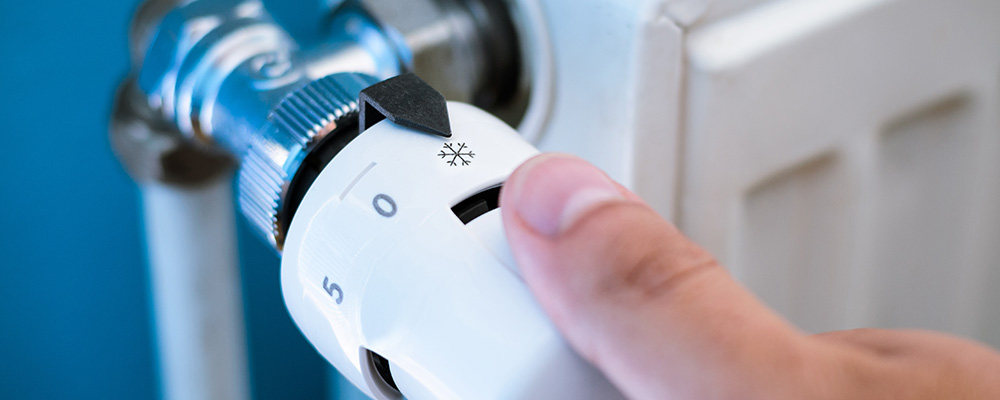When do you need to balance radiators?
If you have started to notice that some of your radiators take longer to heat up than others, it is quite likely that your radiators require balancing. The process is also referred to as hydronic balancing and it covers the adjustment of radiator valves in order to guarantee the even distribution of hot water to every radiator.
What happens if you don’t balance your radiators?
If you don't balance your radiators, hot water coming from your boiler will not be evenly distributed. This is because, by definition, radiators are at various distances from your boiler. Those which are closest will receive greater heat. As the heated water flows through your pipework and through each radiator, the heat dissipates. This means that the radiators furthest from the boiler are working with water at lower temperatures. Unless correctly balanced, you may find that some rooms within your home are much colder than others.
What is the difference between balancing and bleeding your radiators?
It is important to remember that balancing a radiator is an entirely different process with a different purpose to that of bleeding a radiator. Bleeding is intended to address issues with a single radiator which is not heating up evenly (or at all) because of air trapped inside. Balancing is explained below.

What is involved in balancing your radiators?
Balancing your radiators requires you to deal with every radiator in your home, so it can be a somewhat time-consuming process. However, it can make a big difference to the even distribution of heat within your system. When you have any central heating work undertaken, including the installation of new radiators or valves, it is important that the installers balance your radiators to ensure that they heat up equally.
Balancing is rather more complex than merely bleeding and requires a digital thermometer, in addition to a tool to adjust the lock shield valve. Find out more in Radiator Valves Explained.
You may decide to use the services of a heating engineer to ensure that the job is completed properly. However, if you are confident in your DIY abilities, the following brief guide tells you everything you need to know about balancing radiators.
Required Tools:
- Radiator bleed key
- Pen and paper
- Digital thermometer or a multimeter which has a thermometer function
- Lock shield valve adjuster / adjustable spanner
Instructions
1. Begin by turning off your heating system and allowing it to cool completely.
2. Once the system has cooled, it is important to bleed the radiators in order to remove any trapped air which can result in uneven heat distribution in the radiator.
3. You should then familiarise yourself with your radiator’s valves. These may be different across radiators of different ages and models. Most lockshield valves have a plastic or metal cover. You should remove these and open all of the lockshield valves completely. This requires that you turn them anticlockwise. You should also fully open the TRVs (thermostatic radiator valves). Whilst thermostatic and wheel head valves can be opened and closed by hand, the lockshield valves require a dedicated tool or an adjustable spanner.
4. Create a spreadsheet or a handwritten list of all of your radiators. Restart the heating and note the sequence in which your radiators begin to heat up. This will indicate the order in which each radiator receives hot water.
5. Turn the heating off and allow the system to cool down again.
6. Restart the heating again and begin with the radiator which heated first.
7. Close the radiator’s lockshield valve by turning it fully clockwise and then re-open it anti-clockwise by a quarter of a turn.
8. As soon as the radiator has heated you should sample the temperature of the pipe which leads to one of the valves and make a note of this.
9. Then take the temperature of the pipe which leads to the radiator's other valve and gradually open the lockshield valve. You are aiming for a difference of 12 degrees Celsius between this and the previous temperature you recorded.
10. Repeat this for all radiators. This should result in a correctly balanced system.
System cover
Common central heating system problems are not only frustrating but they can be costly. Why not protect yourself with a YourRepair plan from as little as £11 per month.
This provides you with access to over 5000 expert gas safe engineers country-wide and includes an annual safety check and boiler service.
Simply call our friendly 24-hour call centre on 0330 223 4422 to arrange immediate cover.

